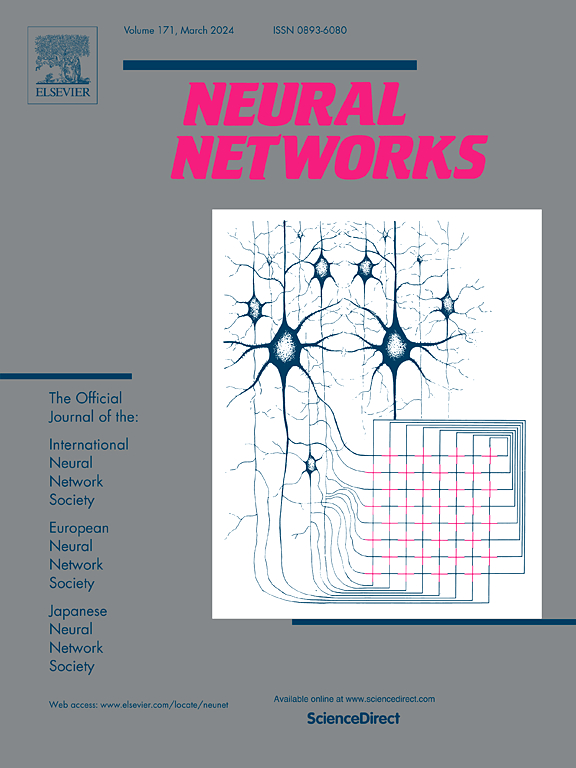Pyramid contrastive learning for clustering
IF 6
1区 计算机科学
Q1 COMPUTER SCIENCE, ARTIFICIAL INTELLIGENCE
引用次数: 0
Abstract
With its ability of joint representation learning and clustering via deep neural networks, the deep clustering have gained significant attention in recent years. Despite the considerable progress, most of the previous deep clustering methods still suffer from three critical limitations. First, they tend to associate some distribution-based clustering loss to the neural network, which often overlook the sample-wise contrastiveness for discriminative representation learning. Second, they generally utilize the features learned at a single layer for the clustering process, which, surprisingly, cannot go beyond a single layer to explore multiple layers for joint multi-layer (multi-stage) learning. Third, they typically use the convolutional neural network (CNN) for clustering images, which focus on local information yet cannot well capture the global dependencies. To tackle these issues, this paper presents a new deep clustering method called pyramid contrastive learning for clustering (PCLC), which is able to incorporate a pyramidal contrastive architecture to jointly enforce contrastive learning and clustering at multiple network layers (or stages). Particularly, for an input image, two types of augmentations are first performed to generate two paralleled augmented views. To bridge the gap between the CNN (for capturing local information) and the Transformer (for reflecting global dependencies), a mixed CNN-Transformer based encoder is utilized as the backbone, whose CNN-Transformer blocks are further divided into four stages, thus giving rise to a pyramid of multi-stage feature representations. Thereafter, multiple stages of twin contrastive learning are simultaneously conducted at both the instance-level and the cluster-level, through the optimization of which the final clustering can be achieved. Extensive experiments on multiple challenging image datasets demonstrate the superior clustering performance of PCLC over the state-of-the-art. The source code is available at https://github.com/Zachary-Chow/PCLC.
求助全文
约1分钟内获得全文
求助全文
来源期刊

Neural Networks
工程技术-计算机:人工智能
CiteScore
13.90
自引率
7.70%
发文量
425
审稿时长
67 days
期刊介绍:
Neural Networks is a platform that aims to foster an international community of scholars and practitioners interested in neural networks, deep learning, and other approaches to artificial intelligence and machine learning. Our journal invites submissions covering various aspects of neural networks research, from computational neuroscience and cognitive modeling to mathematical analyses and engineering applications. By providing a forum for interdisciplinary discussions between biology and technology, we aim to encourage the development of biologically-inspired artificial intelligence.
 求助内容:
求助内容: 应助结果提醒方式:
应助结果提醒方式:


